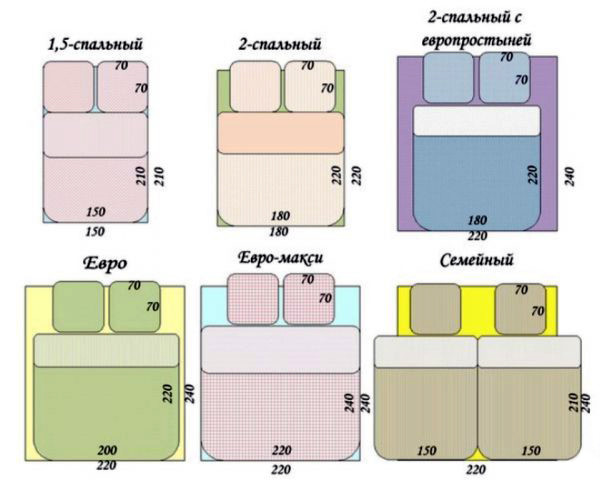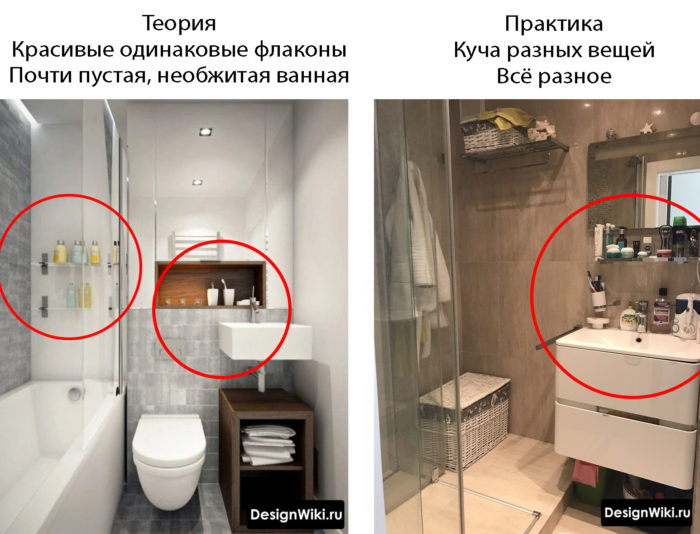
How to choose a duvet cover?
Content
Pleasant to the touch, a blanket will protect you from the cold at night, give you comfort and allow you to recuperate before the coming day full of challenges. However, with so many types and types of quilts available, finding the perfect one can be quite a challenge. What questions should be considered? Our guide will help you choose the right size, filling and duvet cover. We will also check what thermal classes of duvets are and how to properly care for a duvet so that it retains its properties for a long time.
What size duvet should I choose?
The first thing you should pay attention to is the size of the blanket. Choosing the right length and width will depend on whether the blanket is meant for one or two people. In the offers of manufacturers such as Rozmisz i Masz, Radexim-max or Poldaun, you can find single blankets in sizes 140x200 cm, 155x200 cm, and 160x200 cm. In turn, double blankets can be 180x200 cm , 200×220 cm and more. Increasingly, you can find longer blankets adapted for tall people, so you won't get cold at night. Depending on your preferences and how you sleep, you can choose the size of duvet that suits you best. It is worth remembering that it is better if the blanket is a little larger than too small. On the other hand, you should not exaggerate either, as a large-sized blanket will not only look unsightly on the bed, but will also be more prone to contamination.
Filling type
The type of filling is by far the most important when choosing a duvet. It tells us first of all about the thermal properties and strength of the duvet, as well as whether this type will be suitable for allergy sufferers. The following list of the most popular types of filler for blankets will help you choose the right model:
Duvets
In the past, duvets were most common in homes and are now considered a premium product. This type of quilt is filled with natural and ecological material, i.e. soft bird feather. Most often it is goose or duck down, but goose down duvets are much more recommended, and are considered to be of higher quality than duck down duvets. The Radexim-mix duvet with goose down will not only keep you warm at night, but will also help to remove excess moisture from the body to the outside, so that your sleep will be calm and serene. Down duvets are unfortunately not suitable for people with feather allergies.
Woolen blankets
Another type of bed linen is wool blankets. The natural wool of sheep or camels has a beautiful and soft texture, while providing excellent thermal insulation at night. Woolen blankets are unique, they do not cause allergies, as is the case with blankets filled with bird feathers, and at the same time they have a soothing effect on rheumatic diseases. However, this type of duvet is most effective in winter, as it can be uncomfortable in summer. An excellent choice can be a woolen blanket You Speak and You with sheep wool filler, or a woolen blanket Radexim-max. Both duvets guarantee warmth and improve blood circulation. They are highly breathable and wick moisture away easily.
Blankets with synthetic filling
Blankets filled with synthetic fibers such as polyester or silicone are best for people with allergy-prone skin. These types of duvets are light and flexible, but they don't provide as much warmth as natural-fill duvets, so they are meant for summer. Filled with siliconized polyester fiber, Poldaun's polyester blanket is lightweight and flexible while protecting against dust and bacteria, making it ideal for allergy sufferers. Choose from the all-weather Hospitilty or the ultra-thin, velvety-feel polyester Sensidream duvet, perfect for summer. On the other hand, You Speak and You's silicone fiber blanket can be easily washed in the washing machine because it is washable and abrasion resistant, retains its original shape and is very light and airy at the same time.
What type of duvet cover to choose?
The factor that determines the comfort and durability of a quilt is its sheathing, that is, the outer layer that covers the filling. Natural cotton is the most hygienic duvet cover, while at the same time providing proper ventilation and durability. The cotton bedspread has the aforementioned Radexim-mix duvet.
Another type of quilt top layer is the microfiber cover, also known as microfiber, which gives a pleasantly soft feel, dries quickly, and is also highly durable. You can choose an anti-allergic blanket with a microfiber cover from Speak and Have. The Idea model is soft to the touch, hypoallergenic and lightweight. The least durable cover is made of non-woven material. The low strength of the non-woven fabric leads to the fact that the material wears out quickly. For this reason, this type of coating is not suitable for long-term use. Polycotton upholstery is also available, which makes it possible to obtain a material that combines the high breathability of cotton and the strength of polyester. The polycotton cover can be found in the Speak and Have Wool Duvet.
Thermal classes of blankets
Another important parameter to consider when choosing a duvet is thermal class. Depending on whether you are looking for a blanket for winter or summer, there are several types:
- The thinnest is an ultra-light blanket, usually filled with synthetic fiber. This type of blanket is also offered by Poldaun. The ultra-light Sensidream duvet is perfect for hot nights. The top layer of the duvet is covered with delicate microfibers and provides the skin with softness and proper air circulation.
- A year-round blanket, like Poldaun's Hospility model, is a versatile and multi-season type of blanket that is, however, best suited for spring and fall or in very warm apartments.
- If you're looking for a duvet that will work in both summer and winter, choose a double duvet, which consists of two duvets held together with tacks. One blanket is usually thicker, so it is suitable for cool apartments, while the other, thinner, is suitable for summer use when unbuttoned. Both duvets stapled together will give you a warm duvet, perfect for keeping you cozy on winter nights. These properties are provided by the MWGROUP synthetic double blanket.
How to take care of a duvet?
When looking for a duvet, remember that their durability depends mainly on the type of fill and cover. Currently, the most durable are products with down and wool filling, which retain their properties even after 10 years. In turn, anti-allergenic synthetic blankets last up to 5 years. It is important to note that frequent washing of the duvet will also shorten its lifespan. So how do you take care of your duvet? Here are some helpful tips:
- Duvets Ventilate regularly to prevent dust and mites from accumulating in them. Small stains can be easily removed with a damp sponge. In case of heavy soiling, take the blanket to a professional laundry.
- Blanket wash by hand at a temperature not exceeding 30 degrees, preferably no more than twice a year. For washing, use only delicate fabric detergents that will not damage its structure. It is worth remembering that wool blankets should not be dried in a dryer. It is best to hang a wet blanket in a shady area.
- While silicone filled blanket can be easily machine washed even at high temperatures. This makes this type of duvet ideal for people with allergies to dust and mites.
We spend most of our lives on sleep, so you should take care of its high quality. We hope our tips will help you find the perfect duvet for comfort and warmth. If you are looking for other useful tips, check out the section I decorate and decorate, and you can buy specially selected appliances, furniture and accessories in the new AutoCar Design zone.
